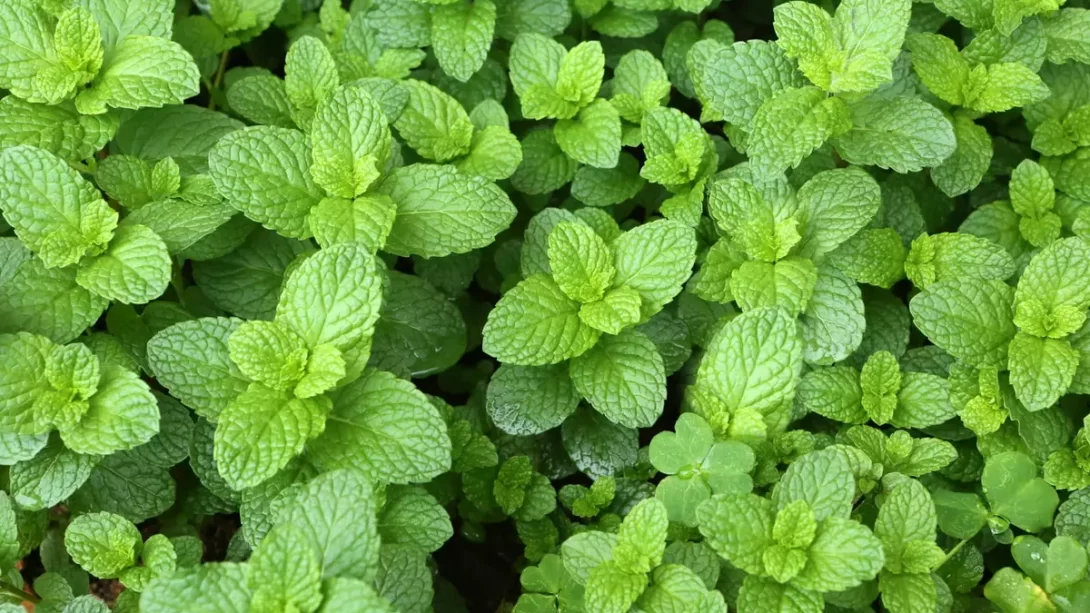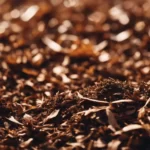Gardening enthusiasts often face the challenge of protecting their beloved plants from wildlife, especially deer. These graceful creatures, while a delight to behold, can wreak havoc in a garden. A common question among gardeners is whether deer are attracted to mint plants. This article delves into the complexities of deer dietary habits and specifically addresses the question: Do deer eat mint?
Deer Behavior and Dietary Preferences
Deer are known for their versatile and often unpredictable eating habits. As herbivores, they primarily feed on plants, fruits, and nuts. Their choices are heavily influenced by the availability of food sources in their environment. Seasonal changes play a significant role in their diet; deer adapt their feeding patterns based on what nature offers in different seasons. Understanding these habits is crucial for gardeners looking to protect their plants.
Mint Plants in the Garden
Mint, belonging to the genus Mentha, is a popular herb in many gardens due to its aromatic leaves and easy-to-grow nature. Mint varieties, such as peppermint (Mentha piperita) and spearmint (Mentha spicata), are favored for their culinary and medicinal uses. Additionally, mint is often lauded for its ability to repel certain pests, contributing to a healthier garden ecosystem. However, the question remains: does its strong scent and taste deter deer?
Deer and Mint: A Complex Relationship
The interaction between deer and mint is not straightforward. While some gardeners report that their mint plants remain untouched, others have noticed deer browsing on them. This variability suggests that deer may not inherently dislike mint, but it’s not their first choice either. The strong scent of mint, which is often used in repellents, might be a factor in deterring deer, but it doesn’t guarantee protection.
Factors Affecting Deer’s Attraction to Mint
The scent of mint is a key factor in this complex relationship. Mint emits a potent aroma, which is believed to mask the scent of more desirable plants in your garden, potentially making it less attractive to deer. Additionally, the growth stage of mint might influence its appeal to deer. Young, tender shoots could be more palatable than mature, strongly-scented leaves.
Gardeners’ Observations and Experiences
Gardener experiences vary widely when it comes to deer and mint. In some gardens, mint appears to be a last resort food, consumed only when preferred options are scarce. In others, especially where food is abundant, deer seem to bypass mint altogether. These observations indicate that while mint is not a top choice for deer, its effectiveness as a deterrent may depend on the specific conditions and alternative food sources available in your area.
Alternative Plants Deer Prefer
Understanding deer preferences can be a strategic tool for gardeners. Deer tend to favor plants with high water content, tender shoots, and sweet flavors. Some common garden plants that often attract deer include hostas, daylilies, and tulips. By planting these more appealing options away from less preferred plants like mint, gardeners might effectively divert deer, reducing the likelihood of them targeting mint.
Protecting Mint and Other Plants from Deer
To further safeguard your mint and other plants, consider implementing a multi-faceted approach. Physical barriers, such as deer fencing or netting, are highly effective but may not be feasible for every garden. Scent deterrents, including commercial deer repellents or homemade garlic and egg-based solutions, can also be useful. Additionally, companion planting with known deer-repellent plants, such as lavender or garlic, alongside mint might enhance its deterrent effect.
Conclusion
In conclusion, while mint is not a preferred food for deer, it’s not entirely deer-proof. The effectiveness of mint as a deterrent varies based on numerous factors, including the availability of more attractive food sources and the specific deer population in your area. By understanding deer behavior and preferences, and combining planting strategies with other deterrent methods, gardeners can better protect their mint and other plants from these graceful yet often destructive visitors. Whether mint remains untouched or becomes an occasional snack for deer, a proactive approach to wildlife management in the garden can lead to a harmonious coexistence with nature.




